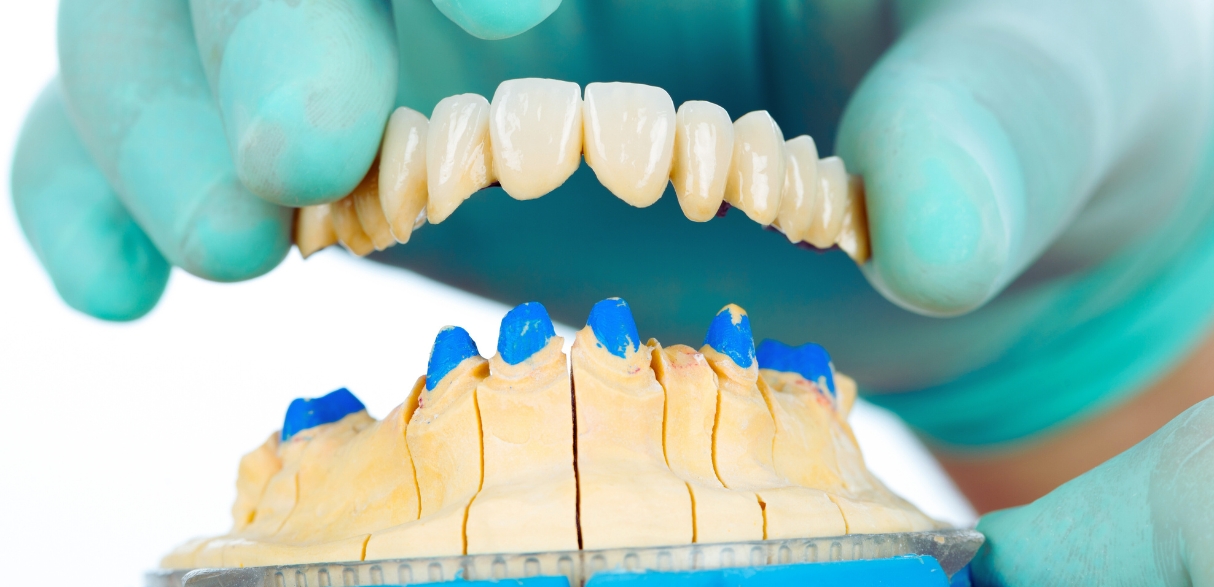
Losing a tooth is more than just a cosmetic issue—it changes how you eat, speak, and even how your jaw functions. Some people adjust, while others avoid smiling altogether. But here’s the truth: ignoring the gap in your teeth can lead to long-term oral health problems. The neighboring teeth shift, chewing becomes uneven, and jawbone deterioration kicks in. That’s where dental bridges for missing teeth step in as a game-changer. Unlike removable dentures, they feel natural, stay in place, and restore function seamlessly. But why should you choose them over other options? Let’s break it down.
What Makes Dental Bridges a Smart Choice?
- Seamless Functionality – Dental bridges restore your ability to chew, bite, and speak without discomfort. Since they’re anchored to existing teeth or implants, they stay secure, making everyday activities easier.
- Prevents Teeth From Shifting – A missing tooth leaves a gap that encourages surrounding teeth to move, altering your bite. A bridge keeps everything aligned, preserving the natural structure of your mouth.
- Long-Term Solution – With proper care, dental bridges last for years, providing a reliable, hassle-free alternative to missing teeth.
- Aesthetic Appeal – Nobody wants an obvious dental fix. Bridges blend seamlessly with natural teeth, ensuring a confident, natural-looking smile.
- No Need for Surgery – Unlike implants, bridges don’t require surgical procedures, making them a great choice for those looking for a less invasive solution.
Types of Dental Bridges: Which One Suits You?
Choosing the right bridge depends on the number of missing teeth, their location, and your overall dental health. Here are the most common types:
- Traditional Bridges – These use crowns on adjacent teeth to support the artificial tooth. They work best when strong natural teeth are available on both sides of the gap.
- Cantilever Bridges – Ideal when only one adjacent tooth is present for support. While less common, they can still offer a solid solution.
- Maryland Bridges – Instead of crowns, these use metal or porcelain wings bonded to the back of nearby teeth, making them a more conservative option.
Are You a Candidate for Dental Bridges?
Dental bridges are an excellent option if you:
- Have one or more missing teeth with strong adjacent teeth for support.
- Want a long-term, non-removable solution.
- Prefer a quicker alternative to dental implants.
- You’re looking for a cost-effective way to restore your smile.
A consultation with a dentist will help determine the best approach for your unique needs.
Caring for Your Dental Bridge: Simple Steps for Longevity
Your dental bridge is a long-term investment in your smile, and taking care of it is key. Here’s how to keep it in top shape:
- Floss Daily – Water flossers help clean underneath the bridge, preventing plaque buildup.
- Use a Soft-Bristled Toothbrush – Gently brushing twice a day helps maintain gum health and prevents decay in supporting teeth.
- Avoid Hard or Sticky Foods – Excessive pressure can damage the bridge or its supporting teeth.
- Regular Dental Checkups – A dentist can monitor the bridge’s condition and address any issues early.
The Confidence Boost You Didn’t Know You Needed
A missing tooth does more than just leave a gap—it affects your confidence. Smiling, eating in public, or even speaking can feel different. Restoring your smile with a dental bridge not only enhances aesthetics but also improves functionality. Many patients in Edmonton find that choosing a bridge is the best decision for their dental health and overall well-being.
Not sure if a dental bridge is the right solution for you? Let’s talk! Our team is ready to guide you toward the best option for your needs. Schedule a consultation today and take the first step toward restoring your smile with confidence.

